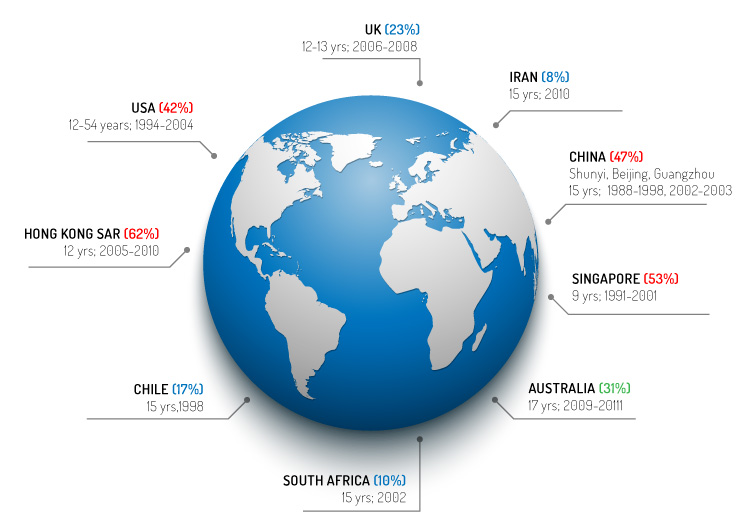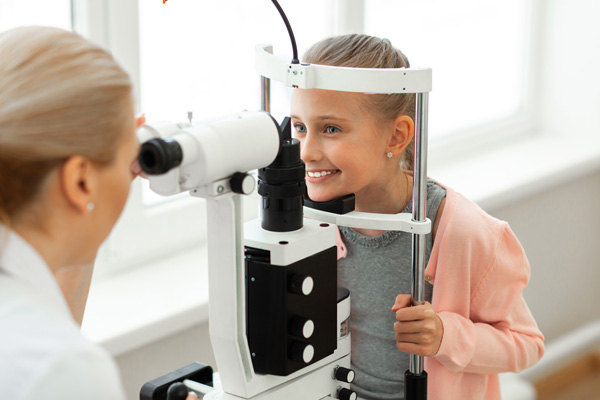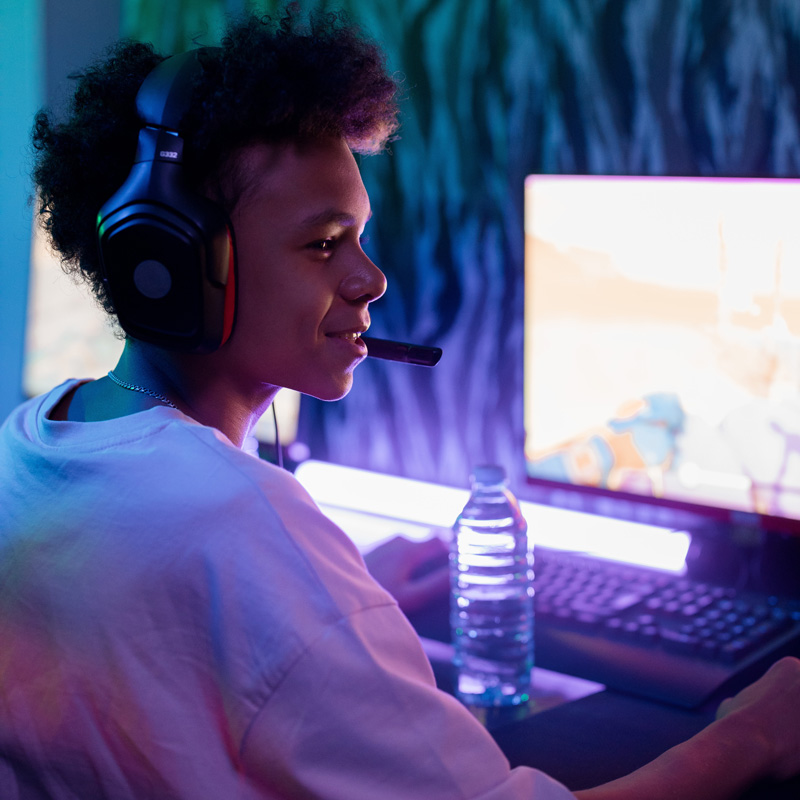
In France, almost 4 in 10 people suffer from this visual impairment which generally develops during childhood or adolescence. Myopia occurs when the eyeball is too long, or the cornea is too curved and causes distant objects to appear blurred.
In recent years, ophthalmologists have noted an increase in the prevalence of myopia in the United States and Europe. In France, 40% of the population is affected, compared with 20% ten years ago. Young people are affected almost twice as much as older people: myopia affects 25-30% of young people aged 16 to 24, according to the National Union of Ophthalmologists in France (SNOF). In urban areas of China, Japan and South Korea, myopia affects 80 to 90% of young people at the end of secondary school.
This visual impairment occurs most often when the eyeball is too long or the cornea is too curved, meaning the distance between the cornea and the retina is too great. A myopic patient can see close-up objects clearly, but not distant objects because the image is formed in front of the retina, rather than directly on its surface.
Myopia typically begins in childhood and progresses into adulthood, at which point it stabilizes, at the age of around 20-25 years old. In children, squinting the eyes to look in the distance, or moving closer to objects when writing, drawing, or reading, are revealing signs.
Due to the elongation of the eyeball, the retina is stretched: this is the reason why a strong myopia weakens the eye, increasing the risk of developing certain pathologies: early cataract, glaucoma or retinal detachment.

Genetics
Myopia is partly genetic. Before the age of 12, the development of myopia is largely heredity. A child is twice as likely to develop myopia if one of his/ her parents is affected. If both parents have myopia, the risk is tripled.
The appearance of myopia in a young child is indicated by very specific behavior: he or she gets closer to his sheet, the TV screen or tablet, and squints at the board in class. A consultation with an ophthalmologist is therefore necessary, even if the child is only 2 or 3 years old.

Environment
Myopia is increasing in industrialized countries and is three times more prevalent in highly urbanized areas than in rural areas. Genetic factors alone cannot explain this increase, and environmental factors are now being called into question, such as the increase in the amount of time young people spend in front of screens (television, tablets, computers, smartphones, etc.) that requires near vision, and increased exposure to artificial light.
Redeeming light:
External, natural light can stimulate the production of a neurotransmitter, dopamine, known to regulate the growth of the eyeball. Secreted in sufficient quantity, it can thus prevent the eyeball from growing too long.
Children who play outdoors the most are less likely to develop myopia by the age of 15 than those who spent more time indoors, regardless of physical activity. Encouraging children to spend more time outdoors (at least 3 hours a day) could thus help to limit the increase of myopia in the population.
Screen time
The increase of the time spent by young people on screens (television, tablets, computers, smartphones, etc.) calls for close-up vision and increases exposure to artificial light. This is the student’s «accommodative» myopia: one’s vision being closely solicited by classes or screens; he or she no longer manages to adjust the view when looking away.
In order not to solicit the vision from close at the expense of that from far away, it is recommended to make breaks every 2 hours when one must spend a lot of time with eyes glued to a screen or on books…



